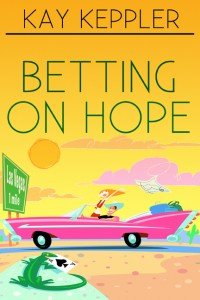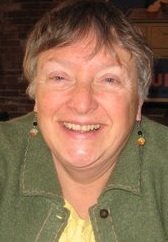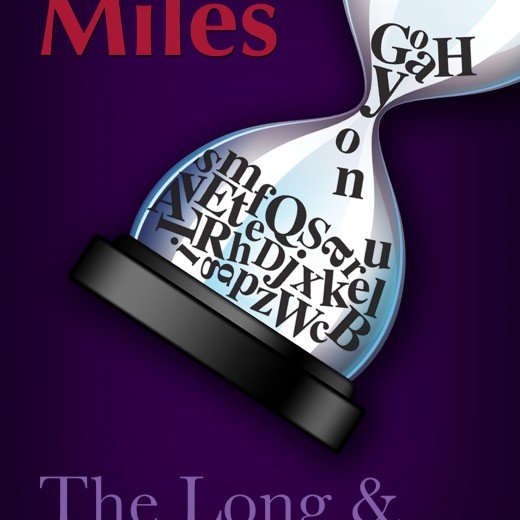After You Begin, Then What? By Kay Keppler
Join me in giving a warm welcome back to our monthly columnist, author Kay Keppler, as she shares her tips with us on planning your book. Enjoy!
***
Lots of writers know how their book starts and how it ends. It’s writing the middle that’s so tricky. Some writers have no clue what happens. Some writers have so many ideas, they can’t cram them all in. Indecision can be paralyzing.
The middle of your book develops the story’s promise by dramatizing events that increase conflict, reveal character, and establish the forces that collide at the story’s climax. But what events should you dramatize? How do you keep your story on track? How do you get your characters from point A, the beginning, to point C, the end?
You have to figure out the long, long road of B.
Ask for directions
The direction of any story is determined by three questions:
- Whose story is it?
You want your readers to invest in all your characters, but only one owns the book. The character that owns the book guides the plot. His or her actions force the reactions that create the drama or humor and keep your book on track. - Who’s the point-of-view character?
If you tell your story in the first person, the scene is always from that character’s point of view. But if you have multiple points of view, examine each scene to see who would best reveal the action. Sometimes that person might be an unreliable narrator, such as a child. Sometimes the POV character is not the main character. In The Great Gatsby, the narrator is Nick Carraway, but the main character is Jay Gatsby. - What’s the through-line?
This term, borrowed from the film industry, basically means, “What happens to the protagonist?” The subplots and the characters they involve are important, too, but they’re not your through-line. Your through-line is what keeps readers reading. It’s plot, not theme.
To structure the middle of your novel, decide on the events you want your characters to experience, and then build scenes around those events. However, not all events will need even one scene, and some events will need several.
Go to the party
Take a look at Cinderella. That story’s events begin like this:
- A man marries and has a daughter.
- The wife dies.
- The man remarries a shrew with two daughters of her own.
- The stepmother and stepsisters are mean to Cinderella.
- The father dies.
- The stepmother and stepsisters are even meaner to Cinderella.
- The king decides to have a ball and invites all the kingdom to attend.
And so on. The first three events don’t need a scene — in fact, in the telling of the Cinderella story, those events are usually handled in a few sentences. But the action picks up at event four — this is where the storytelling develops.
Change course if you must
To keep your book on track, list all the events that will take place in it, and then cross out the ones that don’t happen in the presence of any of your POV characters. You’ll have to find another way to reveal that information.
The events that need the most scenes to dramatize, and the scenes that require the most emotional content, should be only those that relate to your through-line. Your characters—and your own interests—should determine these choices.
Keep your destination in mind
Strive for the fewest possible number of scenes that still tell your story. Padding your middle with exposition just slows down the pace and bores your reader.
If you can’t find your through-line and you can think of only three scenes, don’t worry. Write them. Look for the through-line then. You might need to do this several times before you find your thread. You can always cut excess or pointless scenes later.
Is it a roadmap?
This might look sort of like an outline — and hey, it is sort of an outline. But it’s flexible. You don’t need to finish it before you start writing. Just add and subtract to it as you flesh out your characters and how they behave. You’ll save time by thinking first about what you need to write that gets your protagonist from Point A to Point C. But you’ll still have room to explore the back roads.
***
ABOUT THE AUTHOR
KayKeppler (www.kaykeppler.com) is an author Zero Gravity Outcasts, Betting on Hope, Gargoyle: Three Enchanting Romance Novellas, and editor of fiction and nonfiction –Angel’s Kiss and Outsource It! She lives in northern California. Contact her here at Writer’s Fun Zone in the comments below, or at kaykeppler@yahoo.com to ask questions, suggest topics, or if you prefer, complain.









[…] Lots of writers know how their book starts and how it ends. It’s writing the middle that’s so tricky. Some writers have no clue what happens. Some writers have so many ideas, they can’t cram them all in. Indecision can be paralyzing. Read more… […]